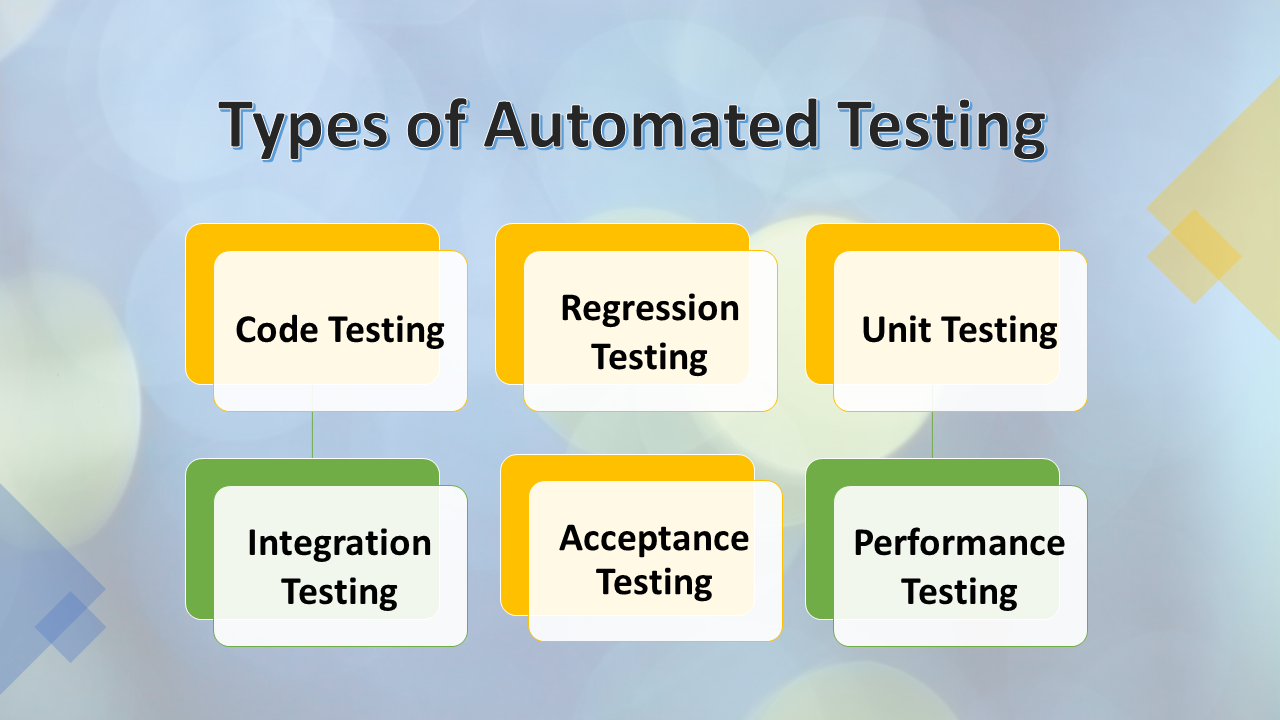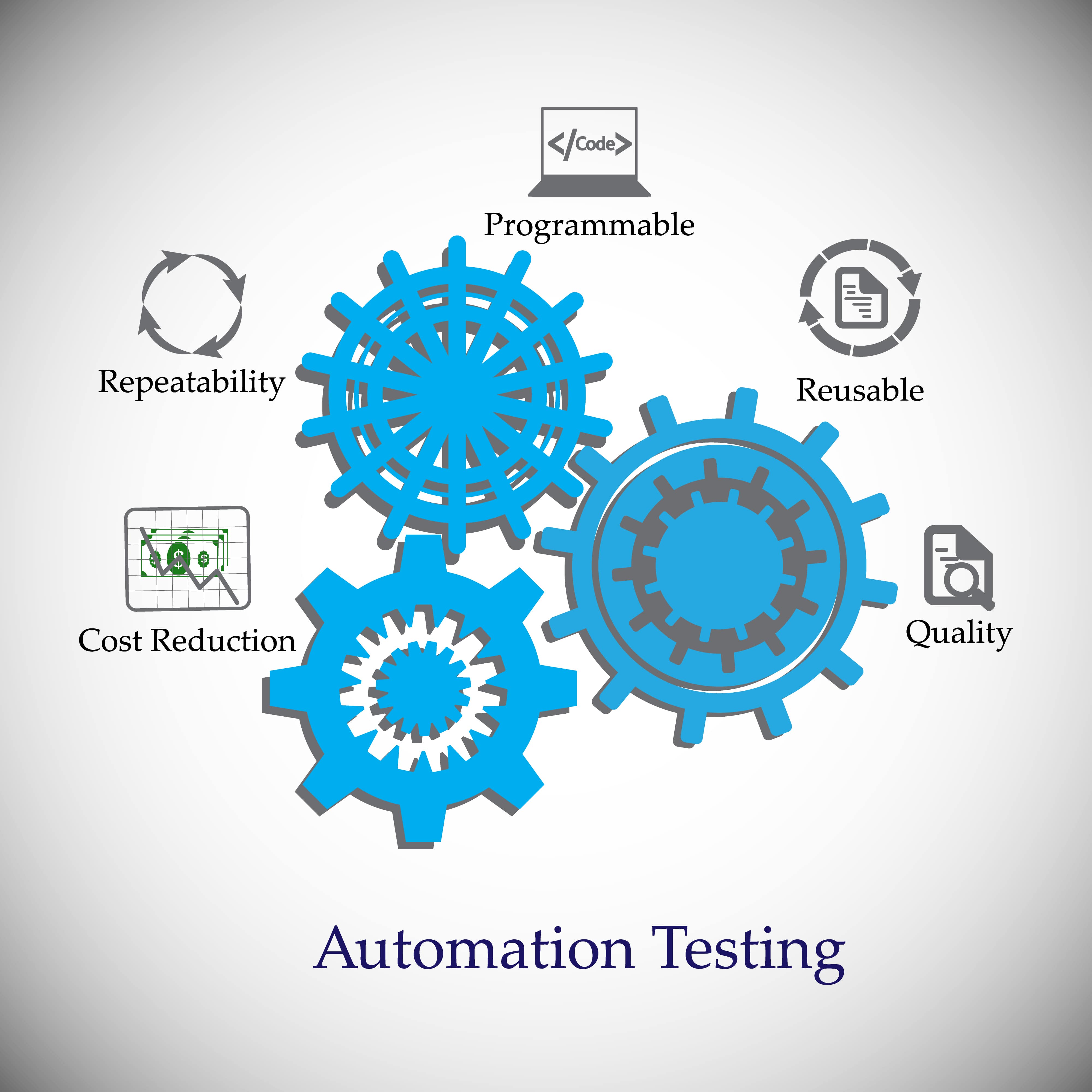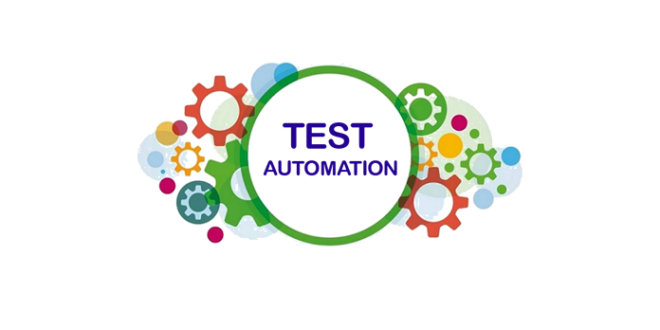Automation Testing Strategies: Finest Practices for Seamless Integration
Automation Testing Strategies: Finest Practices for Seamless Integration
Blog Article
From Handbook to Automated Screening: A Comprehensive Overview to Transitioning Efficiently and Properly
In the realm of software program screening, the change from handbook to automated procedures has actually come to be an increasingly important shift for organizations looking for to enhance performance and accuracy in their testing methods. As modern technology remains to development, the need for reliable and seamless automatic testing approaches has never been much more pressing. The journey from guidebook to automated testing is not without its difficulties, however when come close to purposefully and with a clear plan in mind, the benefits can be considerable - automation testing. In this extensive guide, we will explore key steps and factors to consider crucial for a successful change, from the preliminary selection of tools to the combination of automation right into existing workflows. Stay tuned to reveal the understandings that will help lead the way for a smoother and more reliable screening procedure.
Advantages of Automated Checking
Automated screening uses numerous advantages, improving effectiveness and precision in software program advancement procedures. One primary benefit is the considerable decrease in testing time. Automated examinations can be run all at once on multiple devices and running systems, considerably quickening the testing stage compared to hands-on screening. This raised effectiveness enables faster comments on the high quality of the software, making it possible for programmers to determine and deal with problems without delay.
Additionally, automated testing ensures a greater level of accuracy in discovering issues. Because automated examinations adhere to predefined manuscripts, human error is reduced, leading to more trustworthy examination results. Consistency in screening is additionally boosted, as automated examinations execute the same steps specifically each time they are run. This consistency is essential in making sure that all capabilities of the software are extensively examined, reducing the chance of undetected bugs sliding with to production.
Choosing the Right Tools

To start with, examine your goals and needs. Recognize the scope of your task, the innovations involved, and the capability of your team. This analysis will certainly assist you figure out the capabilities and features you call for in your testing devices.
Second of all, take into consideration the compatibility of the tools with your existing procedures and systems. Smooth integration with your existing software development lifecycle is vital to guarantee a smooth change to automation.
Additionally, review the scalability and flexibility of the tools. As your screening requires progress, the tools must have the ability to adjust and accommodate changes efficiently.
Finally, element in the assistance and neighborhood around the devices. When executing automated screening, durable assistance and an energetic customer area can offer useful resources and aid. By very carefully thinking about these facets, you can pick the right tools that line up with your requirements and set the stage for a successful transition to automated testing.
Writing Efficient Test Scripts

When crafting test manuscripts, it is important to consider the particular needs of the software program being tested and make sure that the manuscripts deal with all important capabilities. Detailed and clear naming conventions for examination scripts and examination situations can enhance readability and maintainability. Additionally, integrating mistake handling systems within the examination scripts can aid in determining go and dealing with concerns immediately.
Furthermore, organizing examination manuscripts into modular elements can improve reusability and scalability, minimizing redundancy and improving efficiency in examination manuscript upkeep. Routine testimonials and updates to evaluate scripts are important to maintain rate with developing software application requirements and functionalities. By complying with these concepts, testers can create durable and efficient examination scripts that add considerably to the success of automated screening procedures.
Integrating Automation Into Workflows
Effective combination of automation tools into existing process simplifies processes and improves performance within software program advancement cycles. When incorporating automation right into workflows, it is vital to recognize repeated jobs that can be automated to save time and reduce human error. By flawlessly incorporating automated screening devices like Selenium or Appium right into the software program growth lifecycle, groups can accomplish faster comments on code changes, bring about quicker insect detection and resolution. This integration enables for continuous testing throughout the growth procedure, making certain that any kind of concerns are determined early on, resulting in higher software application top quality. Additionally, automation can be made use of to cause tests immediately after each code commit, giving immediate validation and freeing up testers to focus on more complicated situations. Appropriate combination of automation devices needs cooperation in between growth, screening, and procedures teams to establish a unified process that optimizes effectiveness and performance in providing high-quality software products.
Guaranteeing a Smooth Transition
Efficiently transitioning to automated testing involves meticulous preparation and careful implementation to maximize and lessen disturbances effectiveness in the software growth procedure - automation testing. read here To ensure a smooth transition, it is necessary to begin by carrying out a detailed analysis of the existing testing procedures and recognizing areas where automation can bring the most considerable advantages. Engaging with all stakeholders beforehand while doing read so, consisting of developers, testers, and project supervisors, is essential for garnering support and buy-in for the automation initiative
Interaction is essential throughout this shift phase. Clear communication of the goals, advantages, and expectations of automated testing assists to manage any resistance or problems that may develop. In addition, offering adequate training and sources for staff member to upskill in automation tools and methods is crucial for making sure an effective change.

Conclusion
In conclusion, transitioning from handbook to automated screening provides countless advantages, consisting of enhanced performance and dependability. By choosing the ideal devices, writing effective test scripts, and incorporating automation effortlessly into workflows, companies can make sure a successful and smooth shift. It is important to welcome automation as a useful property in software screening processes to improve general top quality and performance.
In the realm of software application screening, the change from handbook to automated processes has come to be an increasingly crucial shift for organizations seeking to boost performance and accuracy in their testing methods. Automated tests can be run concurrently on multiple gadgets and operating systems, considerably speeding up the testing stage contrasted to manual testing. Consistency in screening is additionally boosted, as automated examinations implement the exact same actions precisely each time they are run.To make sure the effective application of picked screening tools, the development of effective examination scripts plays a crucial duty in validating the capability and performance of automated processes - automation testing. By complying with these principles, testers can create robust and effective test manuscripts that add dramatically to the success of automated testing processes
Report this page